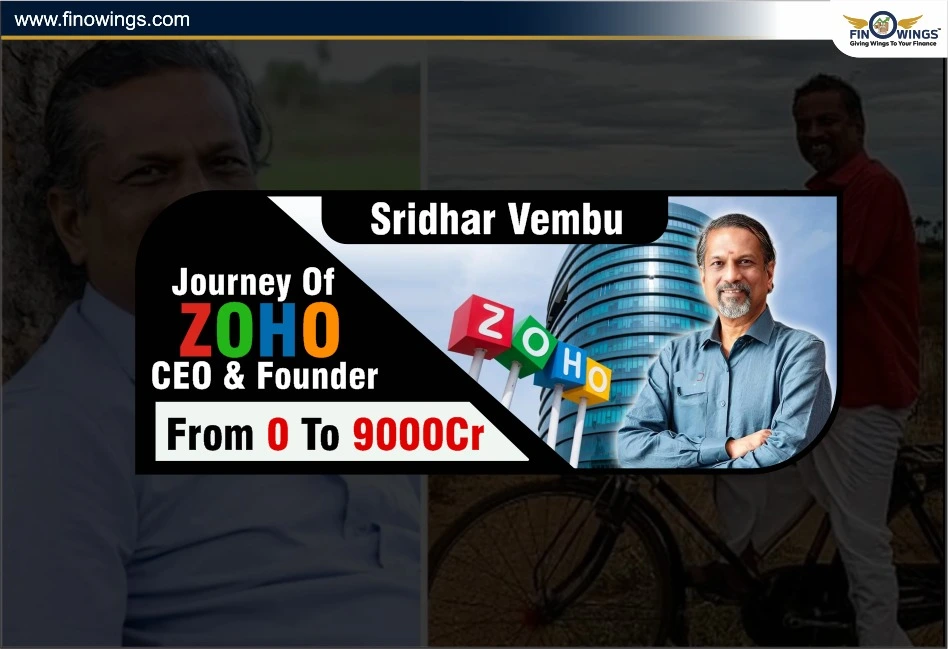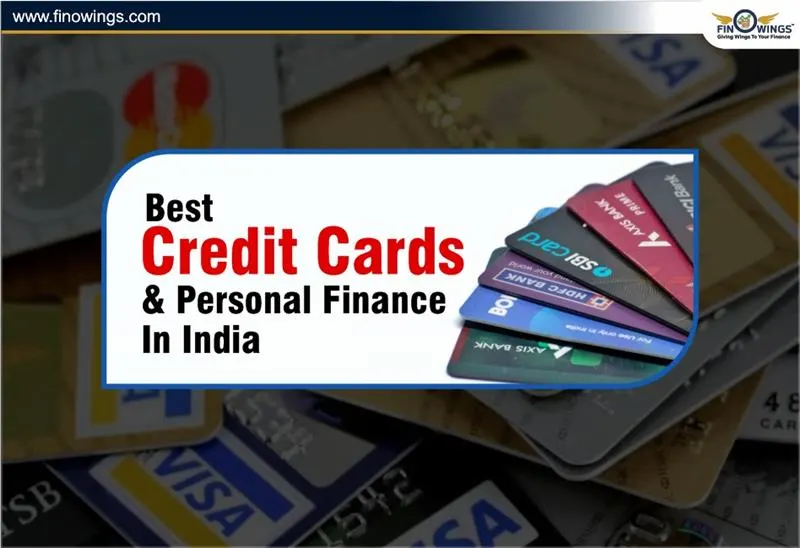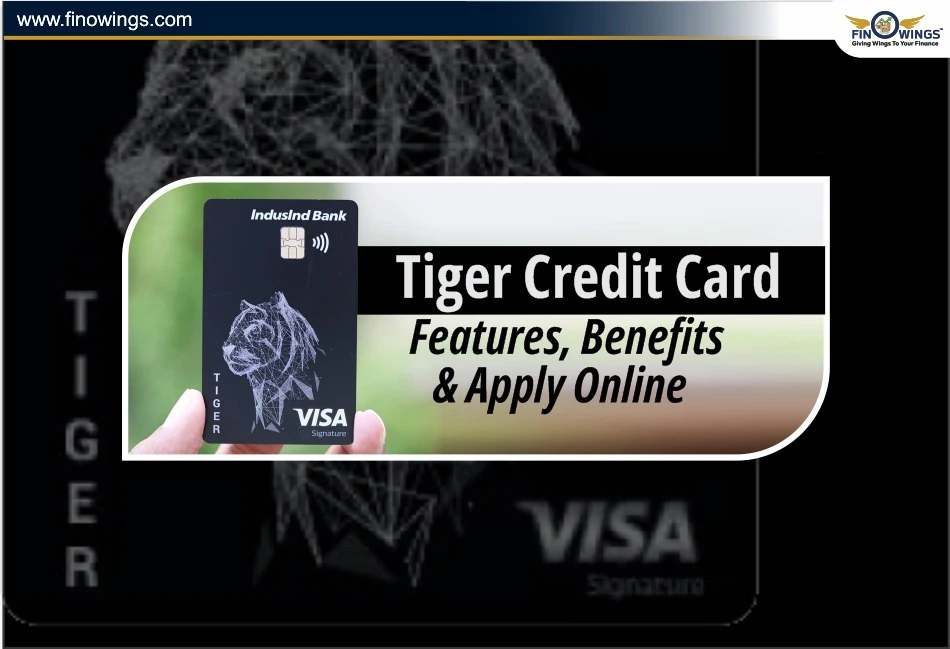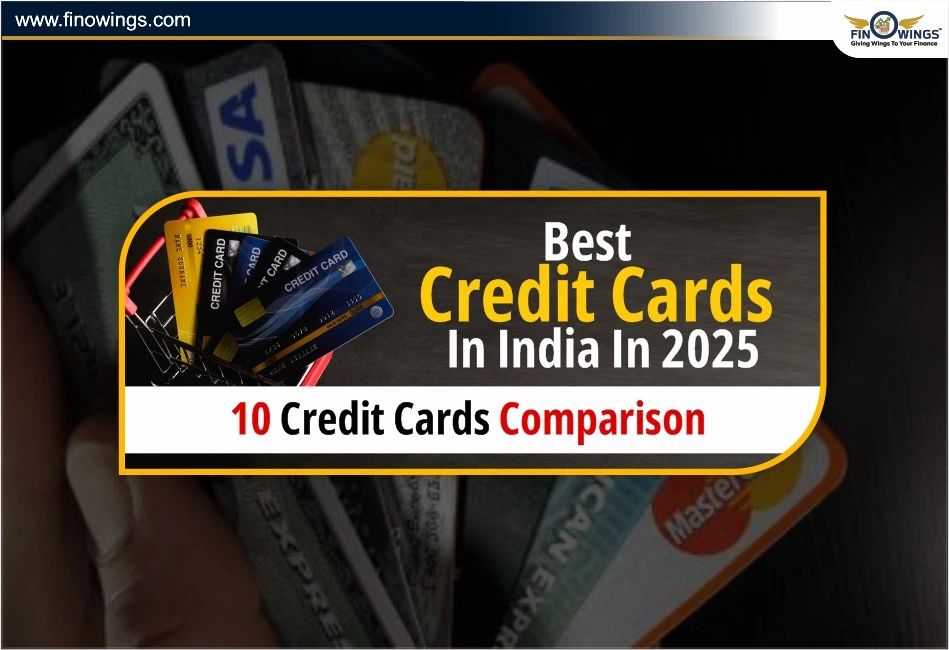Home >> Blog >> How to Choose Your First Credit Card in 2026 Without Mistakes
How to Choose Your First Credit Card in 2026 Without Mistakes
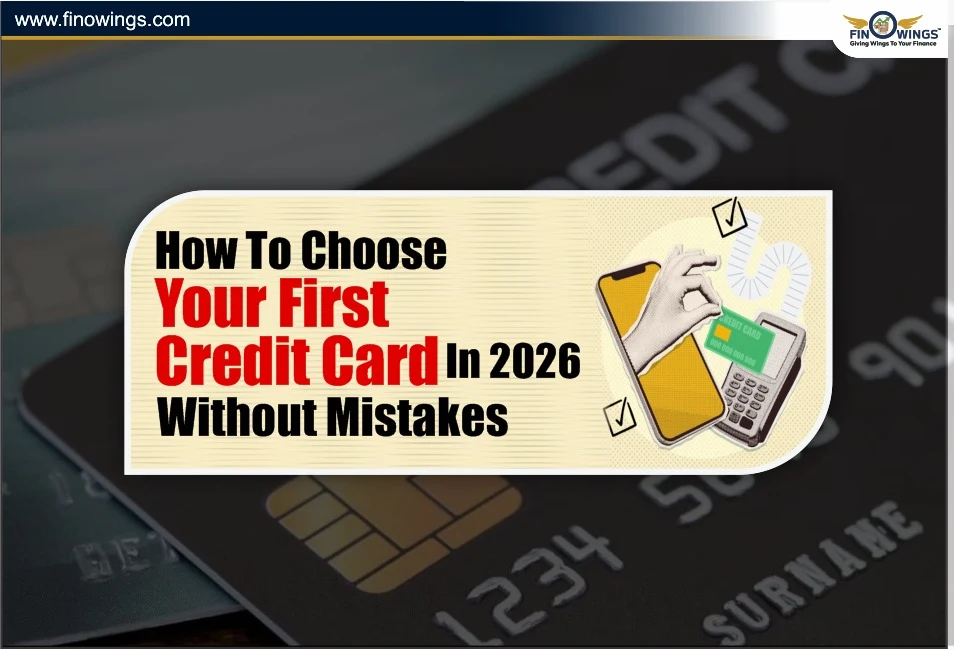
Table of Contents
As the first step toward financial freedom, obtaining your first credit card is an exciting milestone. With so many banks, deals, and reward programs available in 2026, it can be difficult to decide on your first credit card. Don’t worry! This detailed SEO-friendly guide will cover everything you need to know before applying for your first credit card, so you can avoid the most common rookie mistakes.
What Is a Credit Card and Why Is It Important
A credit card lets you buy and borrow money for bills and emergencies, and allows you to pay it back later (typically at the end of the billing cycle). If you use it responsibly, it can help you:
-
Improve your credit score.
-
Earn rewards or cashback.
-
Give purchase protection and travel benefits.
Failure to make payments and overspending will likely damage your credit score. Let’s learn how to choose a credit card the right way.
How Do You Choose A Credit Card: Here’s a Step-by-Step Guide for 2026
1. Knowing Your Spending Habits
For choosing your first credit card, the most important step is determining how you spend:
Cashback cards are ideal for frequent online shoppers.
If you are into travelling, consider air miles and travel reward cards.
Choose category-specific reward cards for fuel and groceries.
Example:
For groceries and bills, if you spend ₹10,000 a month, a cashback card at 1-2% returns would reward you ₹100-₹200 every month, which is about ₹1,200-₹2,400 a year.
2. Credit Profile and Eligibility Check
Before applying for your first credit card, make sure you know that banks look into:
-
Income
-
Stability of Employment
-
Credit score (CIBIL).
Tip: If you don’t have credit yet, consider a secured credit card, which is protected by a fixed deposit (FD). This is a safe way to build credit.
3. Comparison of Annual Fees Against Joining Fees
Most first-time applicants miss this step. Some credit cards offer no annual fees while others require ₹500-₹2,000 each year, which is considered a very low annual fee.
Before selecting, check:
Annual Fee- Is it waived off if I spend a certain amount? Does the reward value justify the cost?
Example: If a credit card has a ₹1,000 annual fee, and it gives you ₹1,500 in annual cashback, it is a net gain.
4. Look for Simple Reward Programs
As a first-time credit card user, you should avoid complex reward structures. Look for a card that has:
-
Fixed cashback %
-
Simple point redemption process
-
No hidden category limits
-
For beginners, cashback cards such as HDFC Millennia, SBI SimplyClick, or Axis Ace are good options for 2026.
5. Interest Rates and Billing Cycle
As for how you choose a credit card, always check the Annual Percentage Rate (APR).
This is how much interest you will be charged if you don’t fully clear your bill.
APR is usually between 30-42% annually. So, it’s best to pay your bill in full before the due date. Also, understand your billing cycle:
-
Use the grace period (usually 45–50 days) wisely.
-
Time your purchases just after your billing date to maximise interest-free days.
6. Select Suitable Credit Limits
With your first time credit card, aim for a reasonable limit - not too high and not too low. Limits that are too low may keep your credit accounts active because people will spend more to increase their credit. Limits that are too high may encourage overspending and debt.
The rule is to keep credit utilisation under 30% for a healthy credit score.
7. Look for Hidden Charges
You should check the hidden charges before applying for the first credit card. Here are some common hidden charges:
-
Late payment fees.
-
Over-limit fees.
-
Foreign transaction fees (2–3%).
-
Cash advance fees (withdrawing cash from an ATM).
Especially when it is your first credit card, you want to choose a card that has low penalty fees and is transparent about fees.
8. Support & App Experience
In 2026, credit card management through mobile apps will become the norm, and is quite essential.
Check before you apply:-
-
Does the app show real-time spending and reward updates?
-
Can you lock/unlock your card?
-
How easy are they to reach for customer care?
Being able to control your spending and having access to your account will help you manage your credit card.
Best Credit Cards for Beginners in 2026 (Indicative List)
|
Card Name |
Type |
Annual Fee |
Best For |
|
Cashback |
₹1,000 |
Online shopping & travel |
|
|
Rewards |
₹499 |
E-commerce users |
|
|
Cashback |
₹499 |
Google Pay & daily spends |
|
|
Lifetime Free |
₹0 |
Low-maintenance beginners |
|
|
Cashback |
₹0 |
Amazon Prime shoppers |
(N.B. These are sample offers. Make sure you check the current offers for 2026 before you apply.)
Mistakes to Avoid When You Get Your First Credit Card
1. Getting multiple cards at the same time – potentially lowers your credit score even more.
2. Not paying attention to the fine print can let you miss unexpected fees.
3. Not paying your bills on time can hurt your credit score.
4. Maxing out your credit limit can hurt your score. Aim to use less than 30% of your limit.
5. Not keeping track of your credit history can prevent you from getting future loans.
First Credit Card User Tips
-
Pay your bill in full every month. Making minimum payments accrues interest.
-
Set up autopay or payment reminders. Helps avoid missed payments.
-
Monitor your spending. Small purchases add up fast.
-
Check your statements. Look for mistakes or fraudulent charges.
-
Upgrade eventually. After 12-18 months, once your score increases, you can apply for first credit card with better rewards.
Final Thoughts
Finding your first credit card shouldn’t be difficult. Keep in mind that a credit card is a financial tool and it’s not “free money.” When used correctly, it can help improve your credit score, provide benefits, and help get you better loans in the future. Now that you know how to choose credit card for 2026, do so with confidence - and make a smart and successful credit journey.
DISCLAIMER: This blog is NOT any buy or sell recommendation. No investment or trading advice is given. The content is purely for educational and information purposes only. Always consult your eligible financial advisor for investment-related decisions.
Author
Frequently Asked Questions
The best first credit card depends on your lifestyle and spending habits. For beginners, SBI SimplyClick, HDFC Millennia, and Axis Ace Credit Card are popular choices due to their low fees, easy cashback, and beginner-friendly rewards. Always compare annual fees, reward rates, and app experience before applying.
If you’re new to credit, you can apply for a secured credit card backed by a Fixed Deposit (FD). Banks like IDFC FIRST and HDFC Bank offer secured cards that help you start building a credit history safely. After consistent usage and timely payments, you’ll qualify for regular unsecured credit cards.
Avoid these beginner mistakes:
-
Applying for too many cards at once.
-
Paying only the minimum due instead of the full amount.
-
Ignoring annual or hidden fees.
-
Overspending beyond 30% of your limit.
-
Missing due dates.
Responsible usage builds your credit score and unlocks better card offers later.
Pay your bills on time, every time. Keep your credit utilisation below 30%, and avoid late fees or cash withdrawals. Regular, disciplined use shows lenders you’re reliable. Over 6–12 months, your credit score will start improving, helping you qualify for premium credit cards or personal loans.
Always review the card’s fine print for:
-
Late payment fee (₹200–₹1,000 depending on amount)
-
Over-limit fee (2–3% of the exceeded amount)
-
Cash advance fee (2.5%–3% per withdrawal)
-
Foreign transaction fee (up to 3.5%)
Choose a card with transparent terms and lower penalties—especially important for first-time users.










